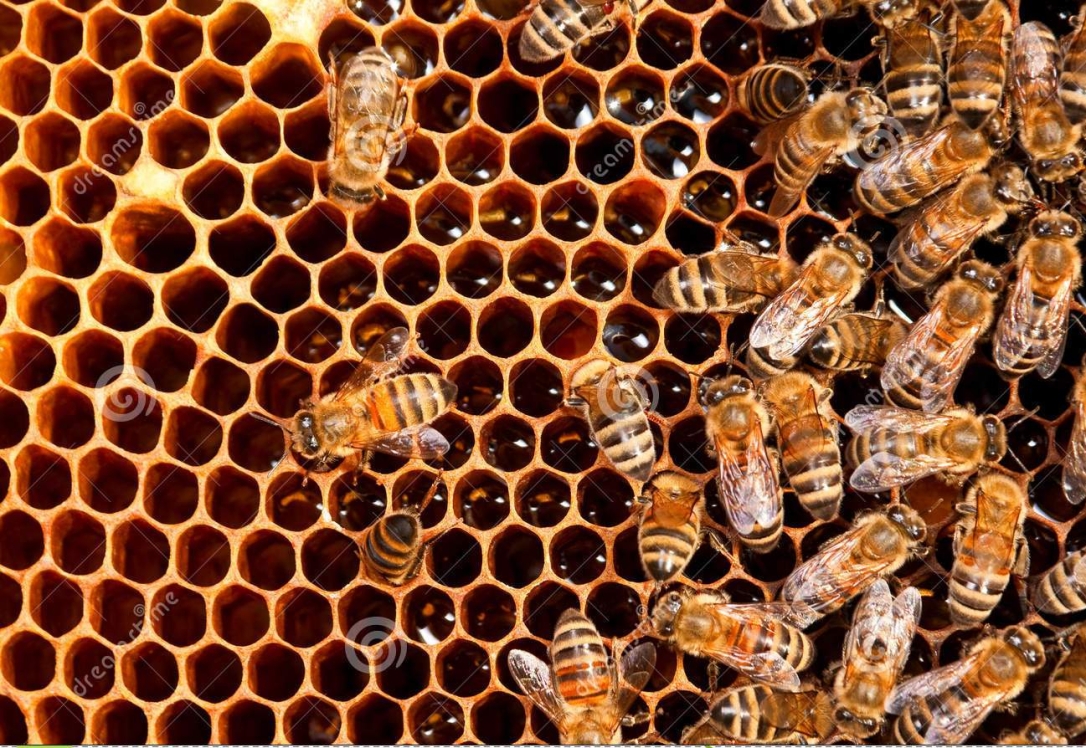What is Cetaceans?
Cetacean is one of the groups of marine mammals. Just like other mammals, marine mammals have similar characteristics such as covered in hair/fur, breathe air through lungs, warm-blooded, nurture their young with milk produced by mammary glands. In addition to those characteristics, marine mammals have adapted to live in the ocean because they rely heavily on the marine ecosystems for their existence.
Cetaceans are completely aquatic, and they cannot survive on land. They have two front flippers, and their tails are uniquely shaped into flukes, which provide tremendous swimming power. Examples of cetaceans are dolphins, porpoises, and whales.
Cetaceans in captivity
You probably have heard about the controversy of keeping cetaceans in captivity. Due to cetaceans’ intelligence, many people believe that they shouldn’t be kept in captivity. Some even believe that marine mammals can commit suicide, a statement which leads to another controversial discussion. But how true is the statement? According to Dr. Ann Weaver, an animal behaviorist and dolphin researcher, animals can get depressed but there is a powerful survival instinct that prevents them from killing themselves. According to her the continuum from melancholy to the blues to depression to despondency to the step to despair, which is a tipping point in suicide, is uniquely human.
On another hand, Dr. Lori Marino – a neuroscientist and expert in animal behavior and intelligence, believes that humans and dolphins share emotions, that they are more alike than different. “I think the idea that other animals can’t commit suicide because they are hardwired to live is very old fashioned. Basically it says that we are aware of what we are doing and other animals are just driven by this hardwired red in tooth and claw to survive and there is no evidence for that.”
Dr. Lori is internationally known for her work on the evolution of the brain and intelligence in dolphins and whales. She showed a human brain and a dolphin brain and explains how evolved they both are. Such big brains indicate a high level of cognitive processes. Suicide in animals is a provocative inquiry and scientists agree it requires more research.
Speaking of research, to provide and sustain a high momentum of research in marine mammal medicine, there is a need for advance conservation, increased research, more skilled scientists and sufficient financial support to improve the benefits of marine mammal medicine to man. How do humanity benefits from marine mammal medicine?
Cetaceans and human survival
Cetaceans and other marine mammals are sentinels of changes in the oceans and public health. Pollution in the sea and overfishing of seafood resources affects these organisms just as much as it affects human beings. Due to their prime position within the food web, marine mammals therefore have the ability to bioaccumulate pollutants and anthropogenic toxic compounds in the marine environment through a process called bio-magnification. Their long lifespans and unique blubber (fat reserves) have high ability to store toxic compounds. In summary, these compounds progressively move through the food chain and increase in amounts each time they enter a new trophic level, which means that by the time they reach the top (i.e., in marine mammals), their concentrations are generally quite high. Thus they are indicators of change in the marine environment and sentinels for public health and the health of our oceans.
Studies on the presence and levels of organic contaminants in marine mammals essentially provide us with a means to assess the potential risks and exposures to our species. A recent ecotoxicological study on a species of coastal dolphin in Brazil showed that octocrylene/OCT, an ultraviolet filtering agent found in sunscreen products, was detected in high concentrations in the dolphins’ livers. Another study shows that in the southeastern estuarine waters of the United States of America, two dolphin populations were found to carry a high load of chlorinated pesticides and polyaromatic hydrocarbons (PAHs), amongst other organic contaminants, at levels that have reported adverse effects on wildlife and humans.
If dolphins are accumulating toxic compounds in their bodies from the fish they are eating, which for the most part is also the fish that we eat, we may also consume the same toxins. In other words, from public health and food security point of view, if contaminants are accumulated in the bodies of marine mammals, and marine mammal populations around the world are declining due to a lack of food resources, then it is a bad sign for our species’ viability.
Thomas Goetz, an American public health practitioner, stated that “Better health is not a science problem, it’s an information problem”. For the lack of information dissemination to the general public on the actual state of our marine environment and how it is ultimately linked to our overall welfare, one cannot expect the general public to be aware and want to care about the environment.
Last words, do you think keeping cetaceans in captivity is necessary? Is there a need to keep them for research and educational purpose? While it is better to let the wildlife live in the wild, due to pollution the ocean water may have become toxic for cetaceans. However, there are still some sanctuaries left in this world that provide a safe home for them. More info here.









